In 1980, I applied to Camberwell Art School to study on a Foundation Course.
At that time it was not only close to where I lived, but more importantly it had a very good reputation for teaching painting and drawing.
I was lucky, incredibly so, as I later discovered. My portfolio was unimpressive to say the least. But the man who interviewed me was Dick Lee, and he decided to take a chance.
Before the first term began, I visited the Rijksmuseum in Amsterdam. While I was there, I also went to the Stedelijk Museum where I saw a painting which stopped me in my tracks.
Who’s Afraid of Red Yellow and Blue III, by Barnett Newman, is twenty feet wide and eight feet high. The painting is almost entirely red. It has a thin blue stripe on the extreme left — he called them zips — and an even thinner yellow zip on the right.
It had that special something, that piece of magic that grabs you and opens up some new way of looking at the world. Its sheer sense of scale overwhelmed me. The picture had a cinematic quality and that sense of awe one gets from the wide screen.
It is a painting reduced to its bare essentials. Until then I had not cared for this type of minimalist sensibility. But Newman’s painting changed my views.
Foundation
I spent my Foundation year working every day, five days a week.

The painters who inspired many of my teachers were Monet, Matisse, Cezanne, Bonnard and Vuillard. The last two were particular favourites of my first painting tutor, Sargy Mann. As a result, French art of the late 19th and early 20th century was the driving force behind the teaching at Camberwell.
These influences had filtered down the years through a succession of teachers, and it cresulted in a type of painting known as the Euston Road School with its emphasis on realistic renderings of nature based on observation.
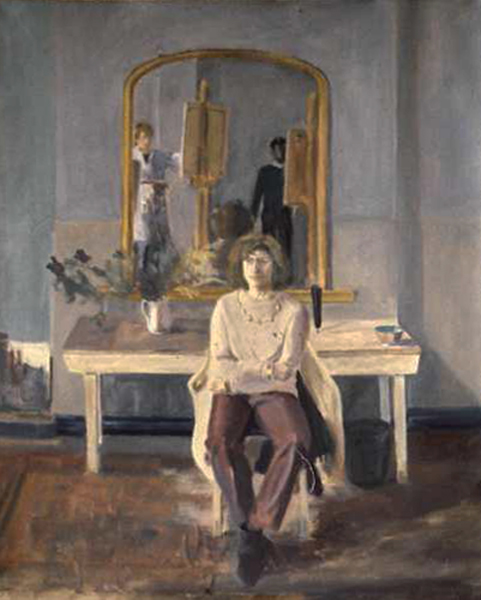
On Saturday mornings, Ben Levene would take a group of students to galleries and museums where we made drawings of paintings and sculpture. Ben was a raconteur with a lovely sense of humour. He enjoyed entertaining us with tales of deceit and criminality from the art world.
Print-making
I chose Lithography as a print-making option. The classes were led by Randal Cooke, a wonderful teacher who sadly died in 2021. Randal would often take us to places like The London Zoo, where we would make drawings to take back to college and then create prints. He made a great fuss about this lithograph, so I bought him a drink, several if I recall.

Camberwell Painting School
In 1981, I successfully applied to the Camberwell painting school to study for a three year degree in Fine Art.
Unfortunately, I soon found painting from the human figure very tedious.
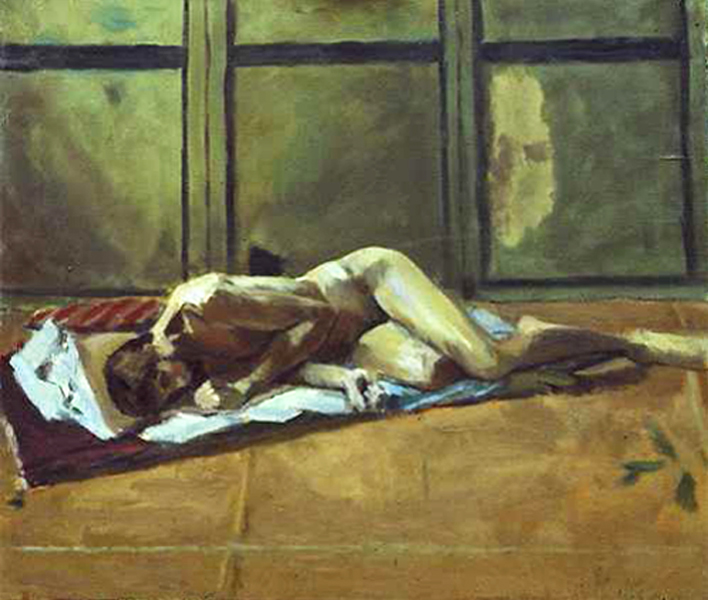
I recall one particular discussion with a teacher who was a successful Royal Academician.
The conversation went like this.
“What’s wrong, John?” He asked. “You look troubled.”
“I’m bored,” I replied.
“Why?”
“Because there has to be more to this than painting light and space all the time. Isn’t there?
“Good God!” He said, taking a backward step, as if too close to something contagious. “What else is there to paint?”
As a result of this conversation, I disappeared from college for a few weeks.
I went to the Tate and looked at some Newman pictures. In doing so, I discovered the Rothko Room.
These very large paintings are predominantly black, purple and maroon. They are, his detractors would say, paintings to slash your wrists to. However I learned from Rothko that pure colour can evoke an emotional response from the viewer.
Rothko and Newman opened the floodgates. Consequently post-1945 American painting became a big influence during my art school years.
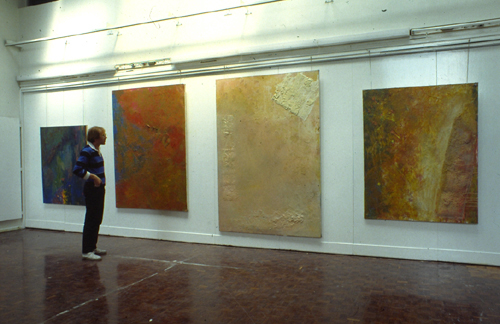
Camberwell Teachers
Some notable teachers at that time were:
More Artists
During my time as a student, I looked at a great deal of art, contemporary and otherwise.
Here are some of the important influences from those years
The Great Japan Exhibition ART OF THE EDO PERIOD 1600 – 1868
ROYAL ACADEMY, 1981
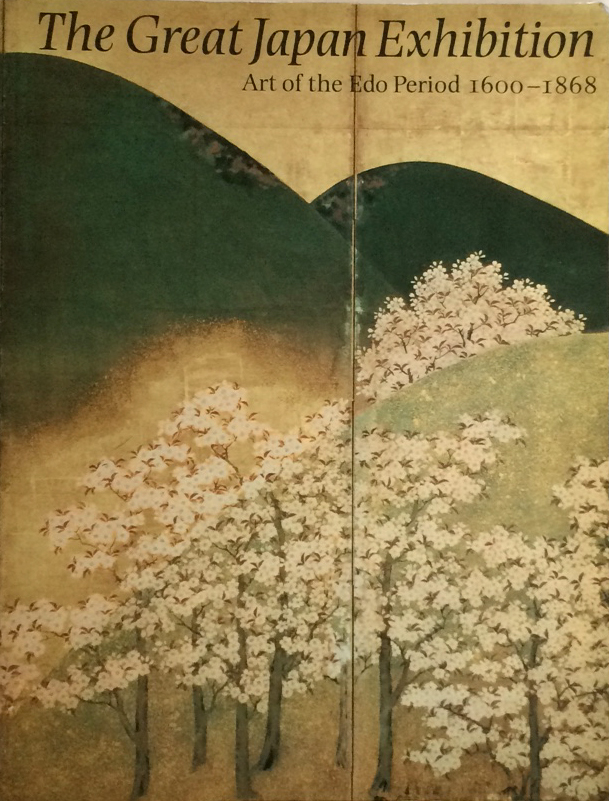
Catalogue for The Great Japan Exhibition
I saw this exhibition six times, more than any other show before or since. The RA put together a stunningly beautiful exhibition of prints, drawings, ceramics, textiles, jewellery and screens. It demonstrated how Japanese art differed from traditional Western modes of spatial representation. Japanese artists achieved a simplicity and grace rarely found in European art.
The Essential Cubism 1907 – 1920
TATE GALLERY, 1983
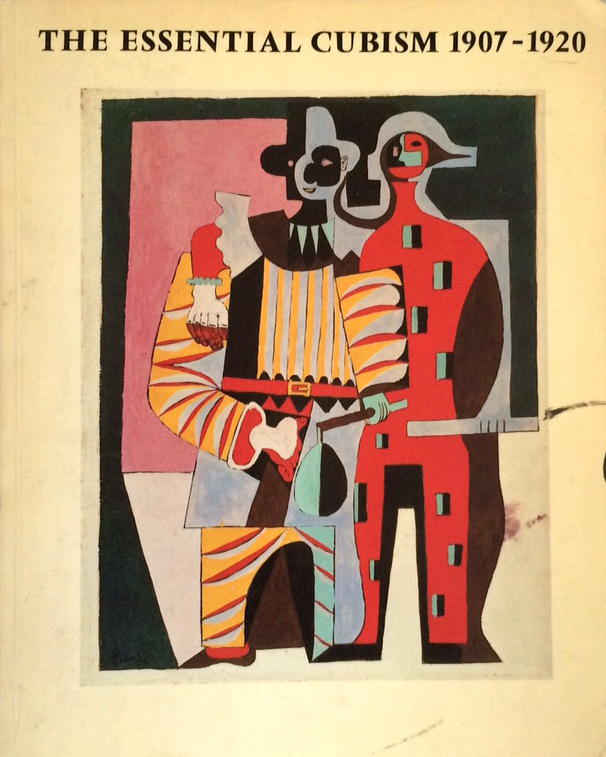
Catalogue, The Essential Cubism
An exhibition which confirmed Picasso’s genius for breaking apart forms and reassembling them in an exciting and sometimes humorous fashion. It also proved that Braque was no slouch either.
la grande parade
STEDELIJK MUSEUM, AMSTERDAM, 1985

Catalogue, La Grande Parade, Stedelijk Museum, 1985
During my final year as a print-making post-graduate, I visited this exhibition four times in as many days.
The collection consisted of of post-1945 paintings, including those by Picasso, Matisse, Léger, Pollock, Rothko, Newman, de Kooning and Guston.
In particular, George Braque and Max Beckmann stood out from the crowd.
Braque’s Studio pictures, painstakingly constructed over many years, were deeply mysterious and quite extraordinary.
Beckmann’s work was a revelation. Although he employed some wonderful symbolism, that would not be enough to make him a great artist. His use of colour was exceptionally good, and like Manet (see below) he was not afraid of using a black line to bring forms to life.
Cezanne
As a student, I drew directly from The Card Players, in the Courtauld Gallery (now housed at Somerset House in the Strand).
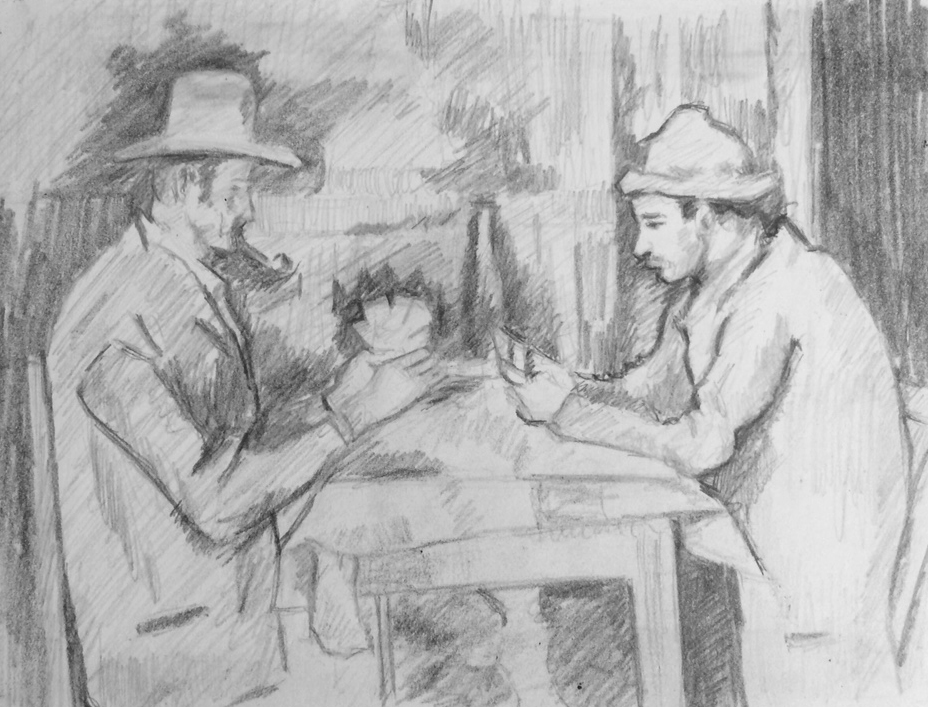
My pencil drawing of Cezanne’s Card Players, 1980
Cezanne taught me how each brush stroke is as important as the next. He painted from edge to edge, with nothing left out of place, knitting three-dimensional space into an extraordinary two-dimensional fabric.
Manet
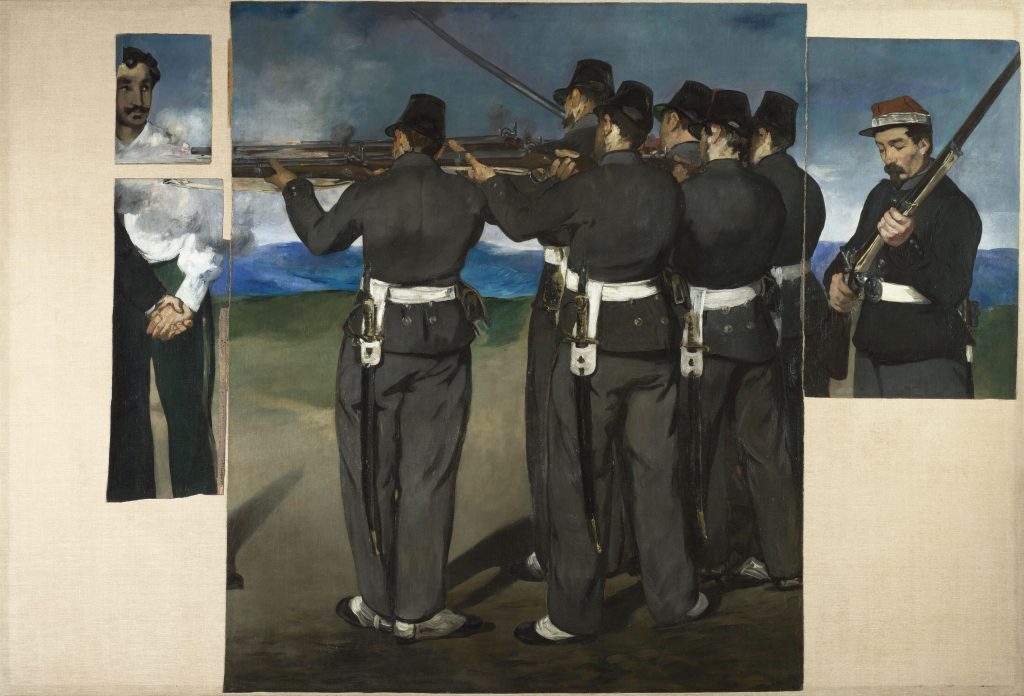
Édouard Manet – L’execution de Maximilien., 1867-1868. National Gallery, London
It took a long time for me to appreciate Manet. He sets a great example for those, like me, who wish to push painting beyond purely formal limits. Interestingly, he used a newspaper photo to paint the above picture.
Go here to read my take on him.
